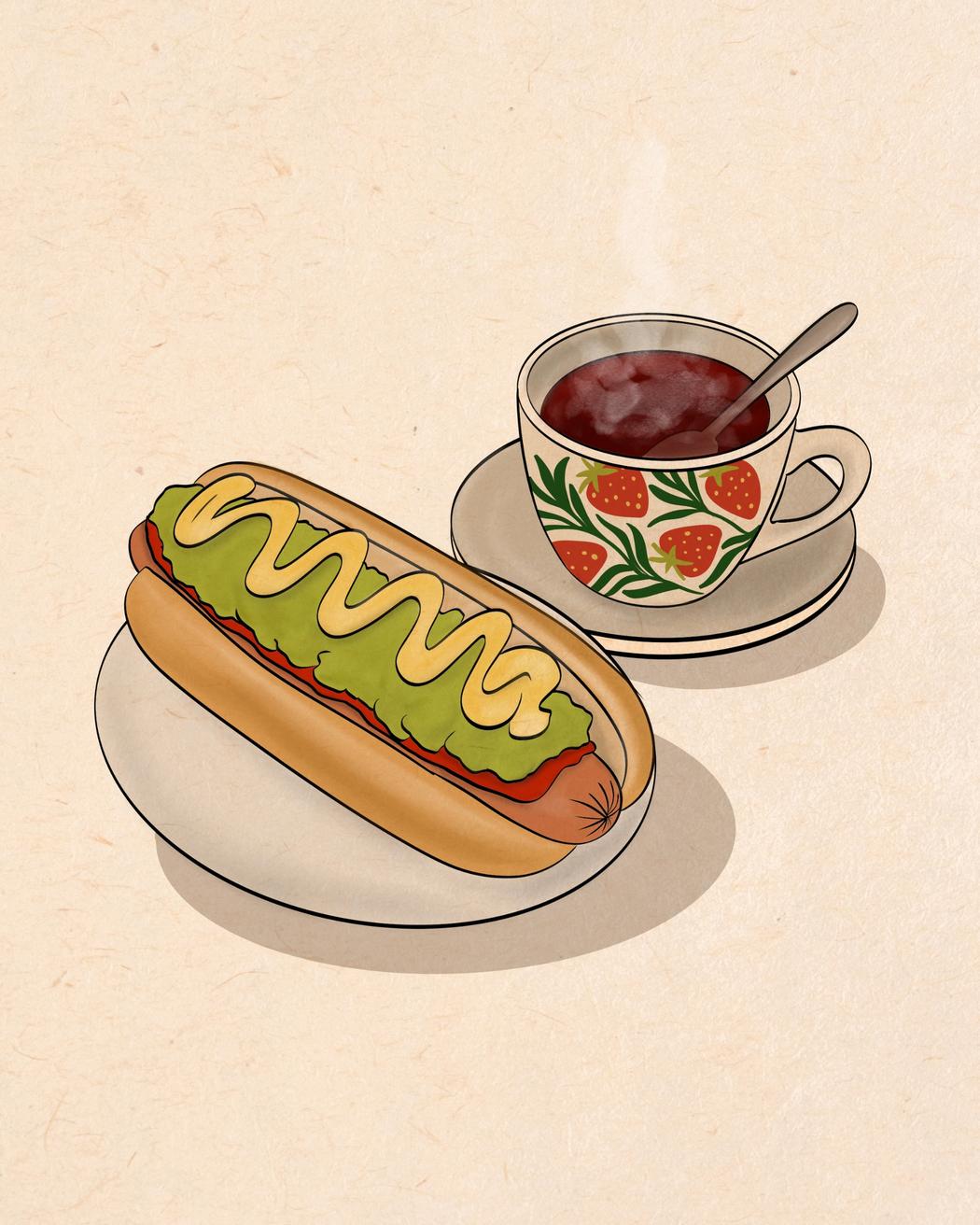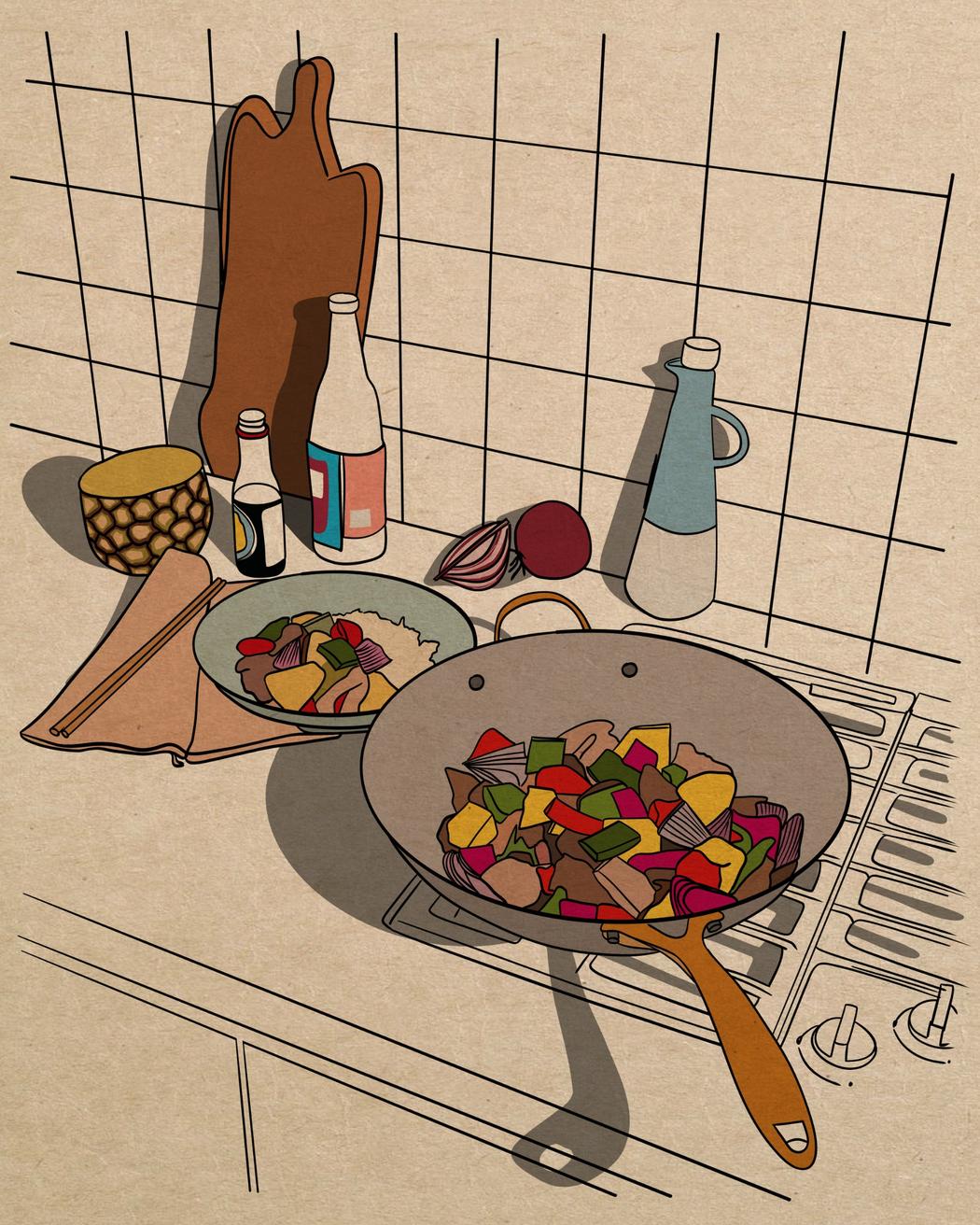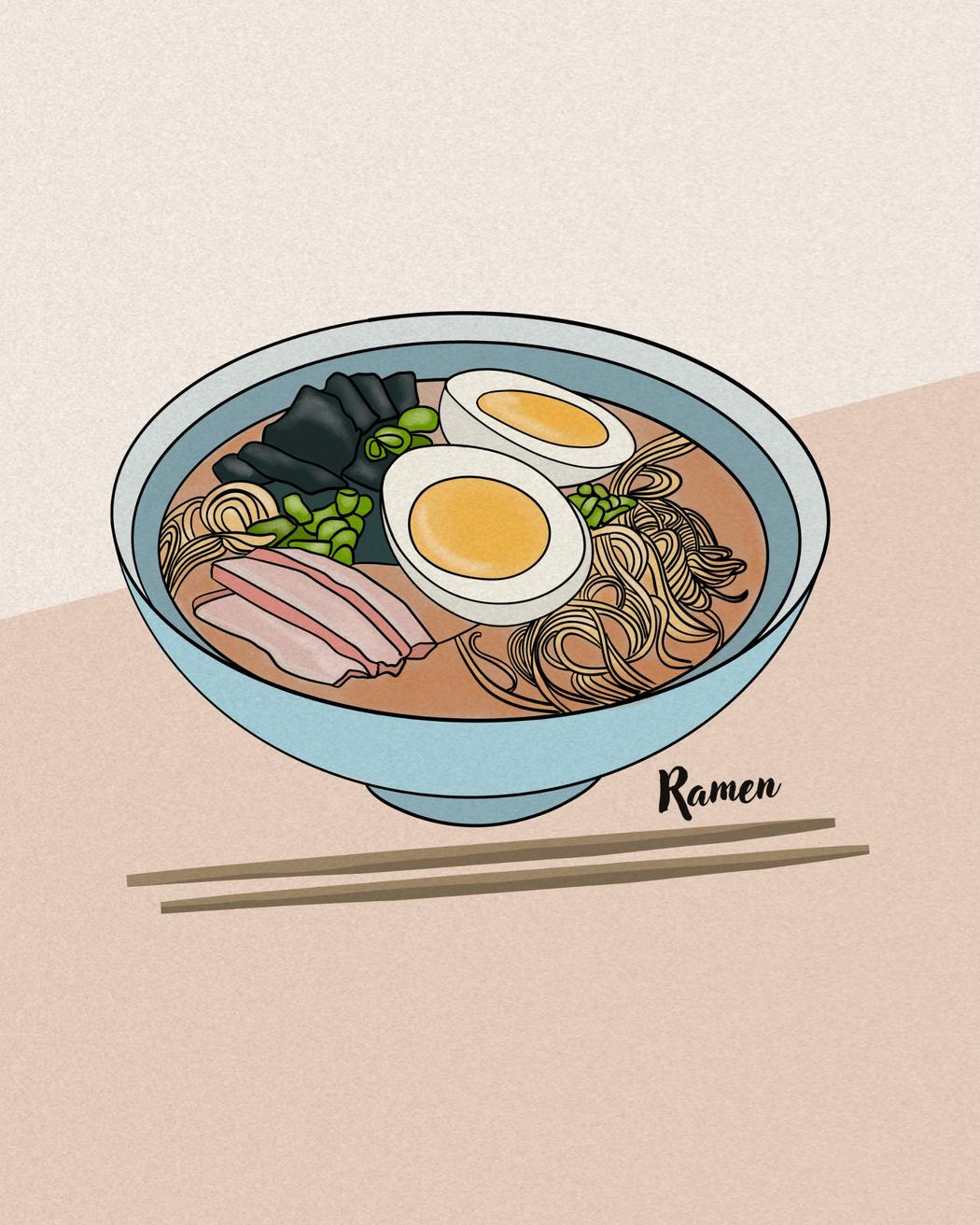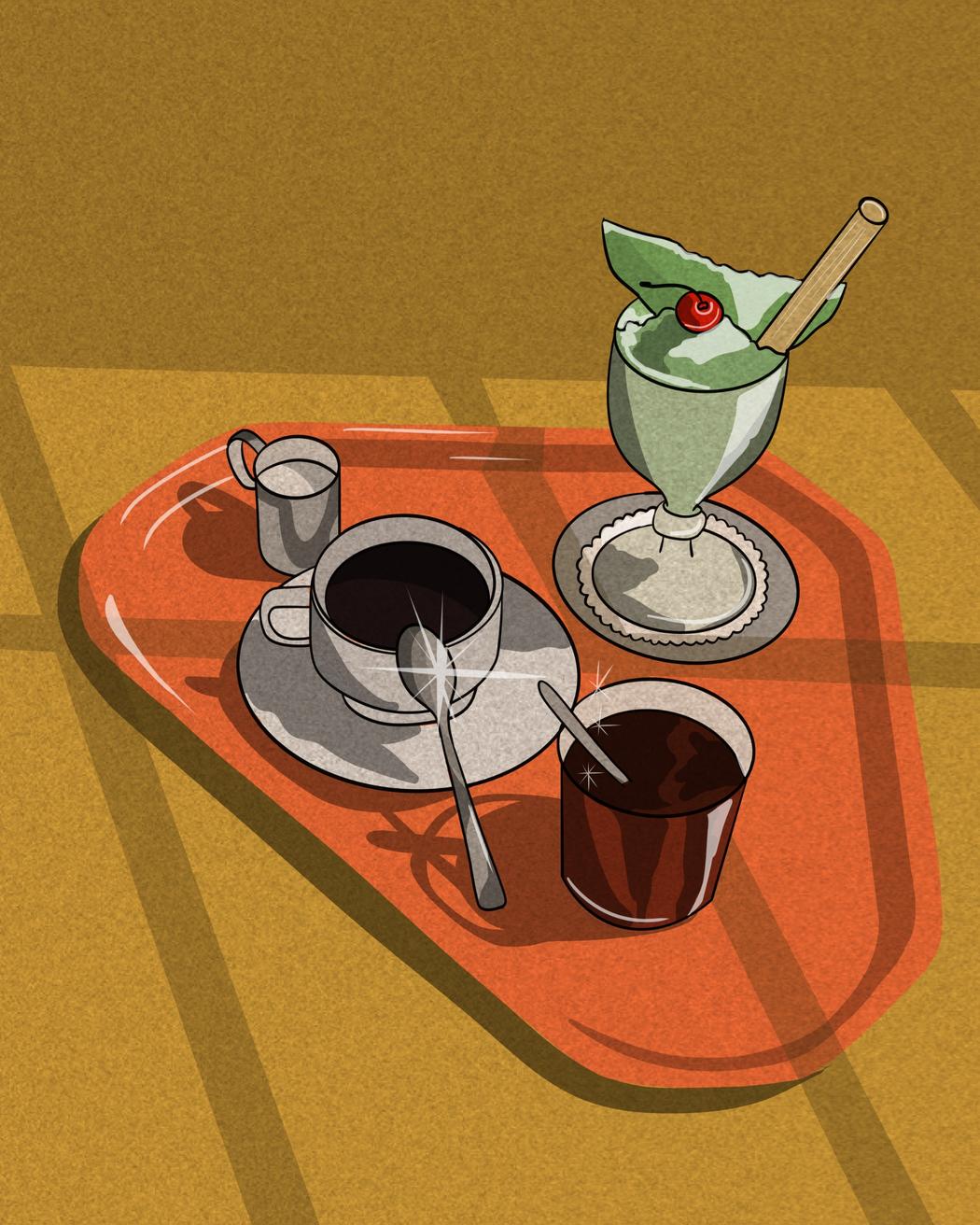Lina Foret
Your education: Studies in graphic design in Chile and in graphic arts in Canada.
Describe your art in three words: Minimalist, nostalgic, and delicious.
Your discipline: Gastronomic and seasonal illustration.
 Lina Foret | La Once
Lina Foret | La Once
Your illustrations perfectly combine food, identity, and seasonal rhythms. What inspired you to explore culinary culture through art?
I have always seen cooking as a form of expression, not just a profession. My training as a professional chef gave me a practical foundation and a deep respect for ingredients and technique. Illustrating food is a natural extension of that work: it allows me to observe and represent ingredients, seasons, and traditions from a different, more visual and conceptual perspective. By combining my culinary experience with art and design, I can show food not only as something to consume, but as part of a story and an identity. For me, it is a direct way to unite my two worlds and share a simpler, more honest vision of cooking.
How does your Chilean background influence your visual narrative?
My Chilean background mainly influences my work through memory and nostalgia. Many of the dishes and scenes I illustrate are connected to traditional foods that marked my childhood and life in Chile. I am interested in capturing those simple moments, a typical dish, a local ingredient, and transforming them into images that connect with memory and identity.
 Lina Foret | Foodie
Lina Foret | Foodie
You have studied graphic design and visual arts in two countries. How do these disciplines intersect in your practice?
I studied graphic design in Chile and, years later, graphic arts in Canada. Graphic design gave me the foundation to communicate clearly, work with structure, and always think about the function of each image. I learned to organize ideas and build a visual message that is direct and coherent. When I studied graphic arts in Canada, I was able to update that knowledge and, at the same time, explore a more personal and experimental approach, with fewer rules. This combination between the technical and the intuitive defines how I work today. It allows me to create simple and clean illustrations that not only look good but also convey a story or a feeling. For me, it is important that each image balances design order with artistic freedom and that it feels approachable and easy to understand for the viewer.
What role does seasonality play in selecting the ingredients or scenes you illustrate?
Seasonality gives me a clear guide for how to work throughout the year and helps me stay organized, providing structure to my creative process. Knowing which products and scenes belong to each time of year allows me to plan ahead and maintain a consistent rhythm. Illustrating what is in season speaks not only about nature but also about customs, habits, and ways of living that change throughout the year. For me, it is a way to connect with the environment and the present, making the most of what we have here and now. I’m interested in showing this real and practical relationship with food and daily life, without forcing concepts or seeking perfection, but instead focusing on what is genuinely experienced in each season.
 Lina Foret | Ramen
Lina Foret | Ramen
Can you tell us more about your creative process: how does a new illustration begin and evolve?
My creative process can start from a recipe, a special date, a memory, or even a new restaurant I’ve visited. From there, I make quick sketches to define the composition and overall idea, and I often look for references in my own photos to have a real and personal starting point. Then I move on to digital work, where I mainly use vectors because they allow me to work with clean lines and define each element clearly. I like the final image to be clear, simple, and easy to read. When I want to add more warmth or depth, I include subtle textures or details. For me, the process is not linear: I adjust, experiment, and refine until the illustration conveys what I want to express. I aim for the final result to be simple yet full of character, inviting the viewer to pause and explore the details without feeling overwhelmed.
 Lina Foret | Vintage Food
Lina Foret | Vintage Food
Your style is clean and minimalistic, yet expressive. How did you develop this aesthetic?
My style developed over time, combining my love for minimal aesthetics, flat colors, and inspiration from movements like Bauhaus and mid-century design. Moving to digital work and using the iPad had a big influence on this process. I enjoy working with clean and smooth lines, something vector work allows me to achieve precisely. I prefer using a few elements, but making sure each one has intention and adds to the message. For me, less does not mean empty; it means creating space for the viewer to complete the story in their own way. I aim for the final result to be clear and organized, but at the same time full of character, reflecting my way of seeing food and daily life with a retro and timeless touch.

Leave a Reply
You must be logged in to post a comment.